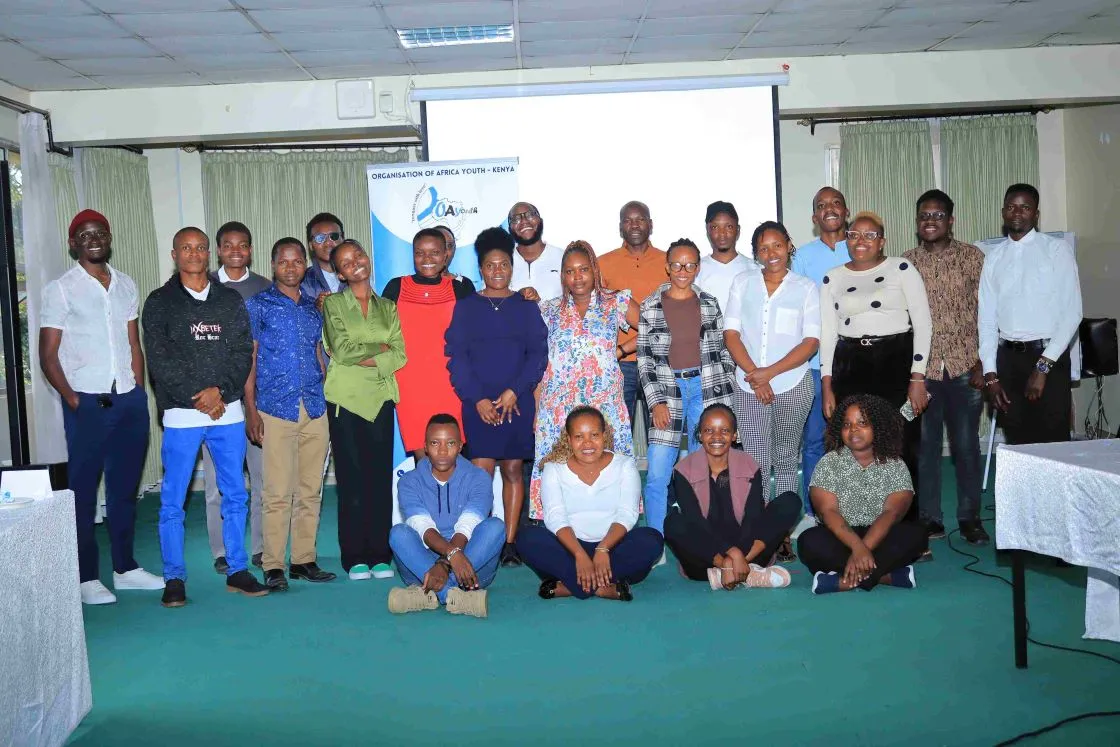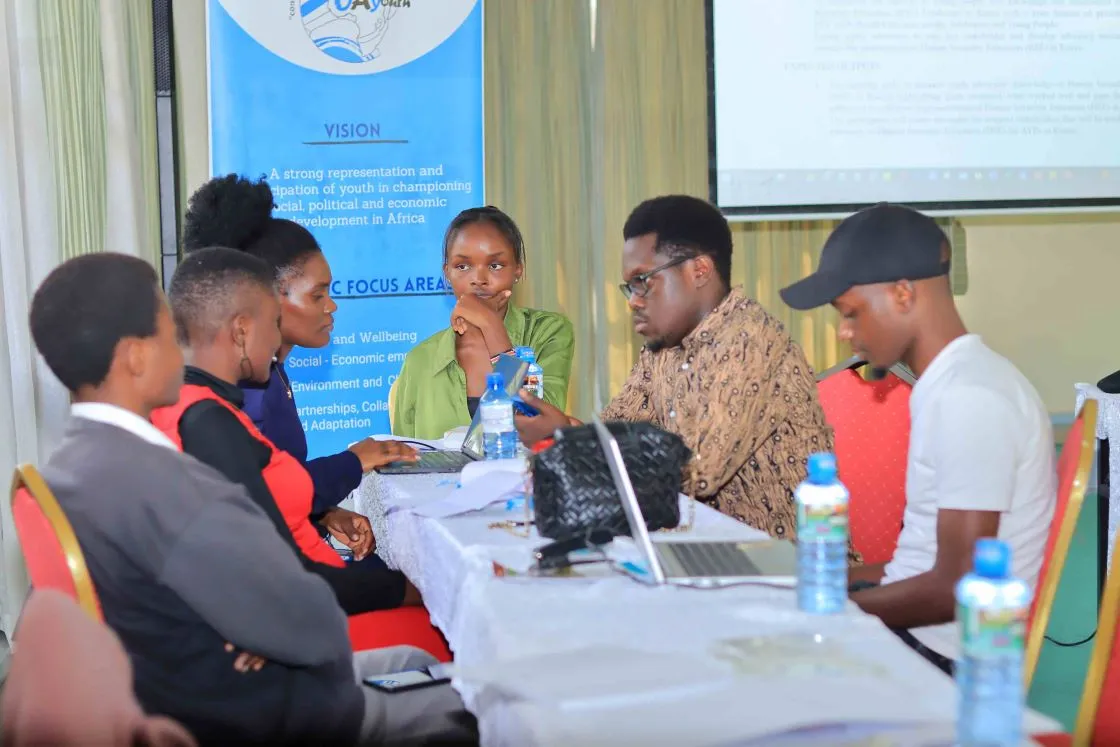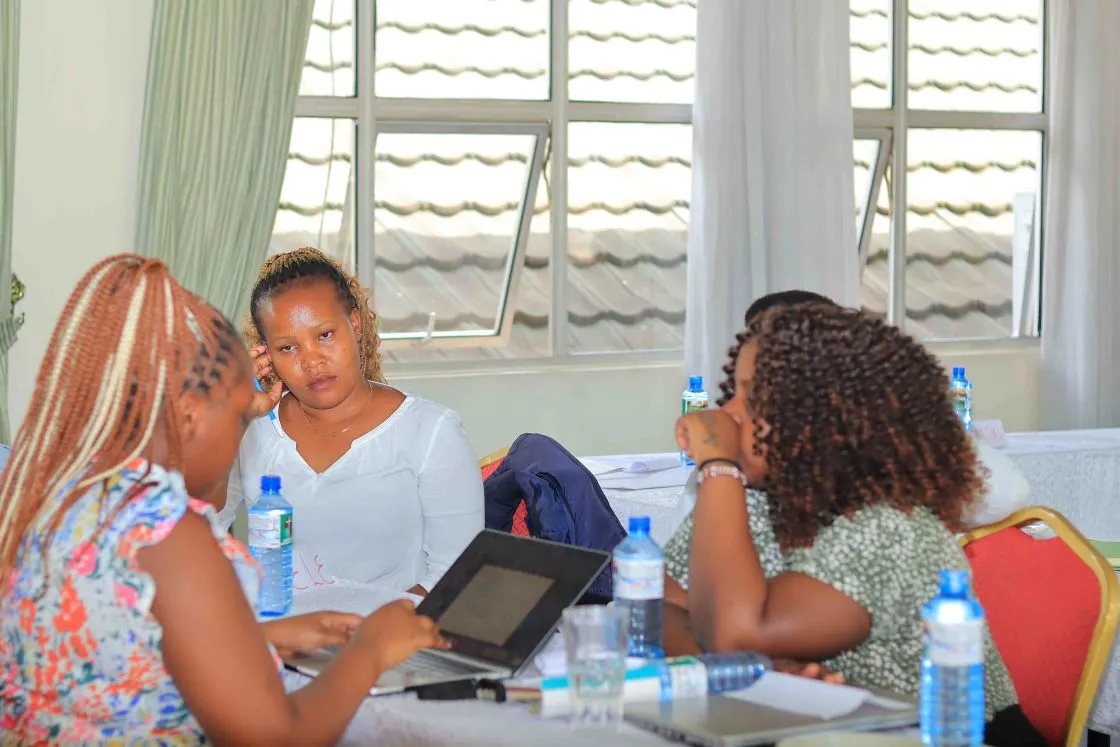+254797 813499

Through dialogue and network of future leaders

OAY is a platform where every young person is a leader

Youths get involved in matters that directly impact their lives
Organisation of African Youth (OAYouth) is a continental, member-based, non-profit organisation registered in 11 countries and operating with 35 chapters in Africa. OAYouth is an empowerment vehicle and a revolutionary movement for all youth in Africa. It is a regional platform for young people to assert their power in numbers, energy and imagination to transform Africa to be a beacon of hope. OAYouth works to motivate, unify and empower African youth to be drivers of Africa’s social, political and economic transformation. Through structured programs, OAYouth harnesses resources and ideas to empower tomorrow’s leaders today.
We focus on the following key strategic areas;
To be the continental umbrella organization for all African youth, providing a platform for youth-led programmes, a forum for dialogue, and a network of future leaders
A strong representation and participation of youth in championing social, political and economic development in Africa
Counties Covered
Members Joined
Projects Completed
Raised
A glimpse of ongoing projects initiated by OAYouth Kenya
Kenya faces significant environmental and climate-related challenges. A country-wide context assessment reveals that, despite a growing awareness (53%) of climate change, 83% of Kenyans who... Read More
Tunza Bora for the past two years through focusing on strengthening Daycare Centres has supported 43 daycares to deliver affordable, accessible, standardised, and high-quality childcare... Read More
Our World, Our Planet is an Erasmus+ initiative empowering youth from Italy, Austria, Kenya, Tanzania, and Uganda to address global challenges like climate change and... Read More
The SUN Youth Network-Kenya is part of the global Scaling Up Nutrition (SUN) movement, launched in 2010 to combat malnutrition. Kenya joined in 2012, forming... Read More
OAYouth is sustained by the generocity of our partners, our members and donor organisations. Contact us to donate in cash or in kind.
To channel your contribution, enter your name, phone number and amount, then click 'Donate Now'. You will be prompted to enter your M-Pesa PIN to complete the process. Thank your for your generosity.
Membership eligibility is 15-35 years of age. Organizations and businesses led and owned by youths can also join as associate members.
Our recent posts on X, Linkedin and Instagram
